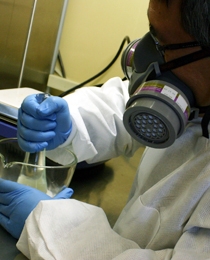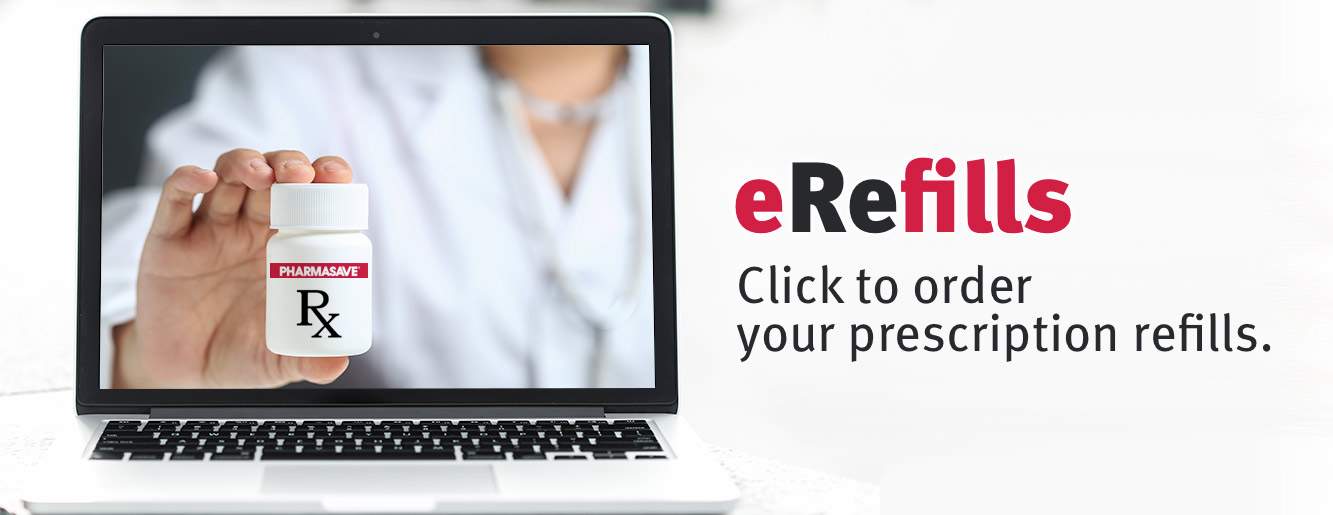By Christine Cheng, R,Ph. and Fred Cheng, R.Ph.
What do the following individuals have in common: a dog unable to take the pills his vet prescribed, a woman with a urinary tract infection, a baby with gastroesophageal reflux disease, and a man seeking pain control who cannot tolerate oral anti-inflammatory medications? All of them can benefit from compounded medications.
But what is compounding? Compounding is the “art and science of preparing personalized medications for patients”. It can be as simple as using a spatula and ointment pad to combine two different creams into one or mixing a powdered drug into a cream or liquid or grinding tablets into a powder to be “punched” into capsules by hand; these activities can be done by staff in every pharmacy. However, there is much more to compounding. Multiple active pharmaceutical ingredients (API’s) can be combined into different bases that are specially designed to be able to hold multiple ingredients in a stable manner and then deliver these ingredients deep into the skin to maximize absorption and effectiveness. Unique tools such as an ointment mill should be used to ensure that the creams, lotions and ointments we compound are of a smooth and even texture with the API’s distributed evenly through the base. Other medication forms such as suppositories, lollipops, or sublingual troches can be employed to fulfill a patient’s needs.
Why would someone seek a compounding pharmacy? Patients with allergies to dyes, flavourings and /or other ingredients such as gluten found in commercially-available products can have their medication prepared by a compounding pharmacy without the allergenic component. Babies or young children who are unable to take pills can have their medications compounded into liquids that they can now take. Pet owners who find their animals refusing to take the pills prescribed by their vet will find it much easier to dose their animals once the medicine has been compounded into a liquid form. Flavouring compounded medications can make them more palatable and increase compliance.
Compounding can be used to solve medication problems such as side effects experienced when a medication is taken orally. For example, patients who experience stomach upset when taking non-steroidal anti-inflammatories will be happy to learn that many pain medications can be compounded into a topical cream, gel or ointment. Applying the pain medication directly to the affected area can often be even more effective than taking the same drug orally and since there is minimal systemic absorption, there are no side effects like stomach upset.
Compounding can be used to fill the need for medications that are not commercially available. For example, we can custom compound bio-identical hormone preparations for patients suffering from hormonal imbalances. More importantly, we can compound a dose that is tailored to the patient’s needs. Some patients are extremely happy to discover that we can often compound medications that the drug companies have stopped manufacturing. For example, phenazopyridine is a pain killer that is very effective for the discomfort caused by urinary tract infections (UTIs), but has been discontinued by its commercial manufacturer. We are often thanked by grateful patients with UTIs who discover that we are able to fill their doctor’s orders for this medication.
Every pharmacy can offer some level of compounding, but not every pharmacist or technician is trained to the same standards and thus not every pharmacy can compound the same types of medications. At Cloverdale Pharmasave, all four of our pharmacists have been trained by PCCA. We have access to specialty bases and other materials that are clinically proven to make our compounded medications as effective as possible. We also have a North American Menopause Society certified hormone specialist and a pain specialist on staff who can work with your doctor to create the perfect medication to fit your needs. Come talk with one of our pharmacists if you feel your medication needs could be fulfilled by compounding in order to achieve a positive therapeutic outcome for you.




